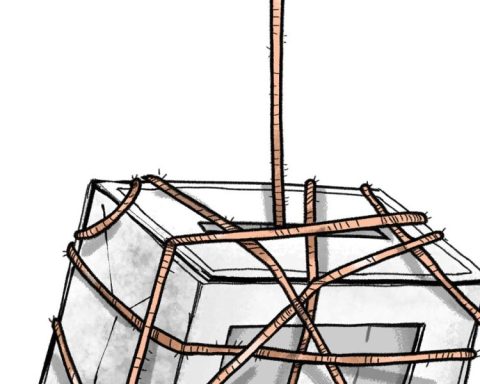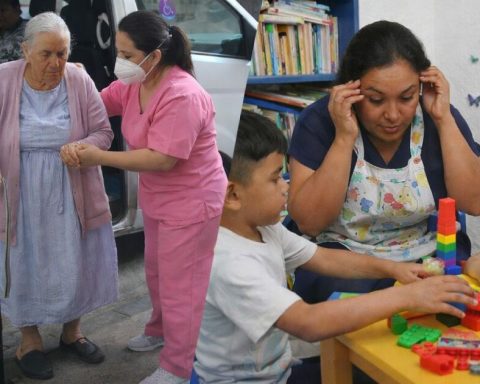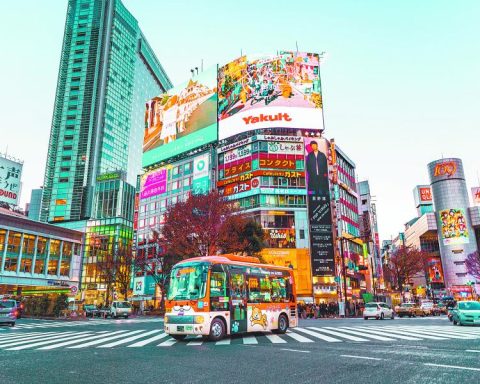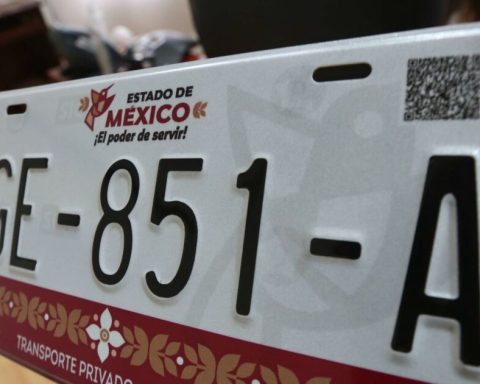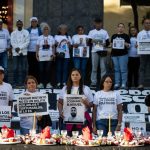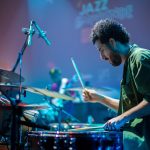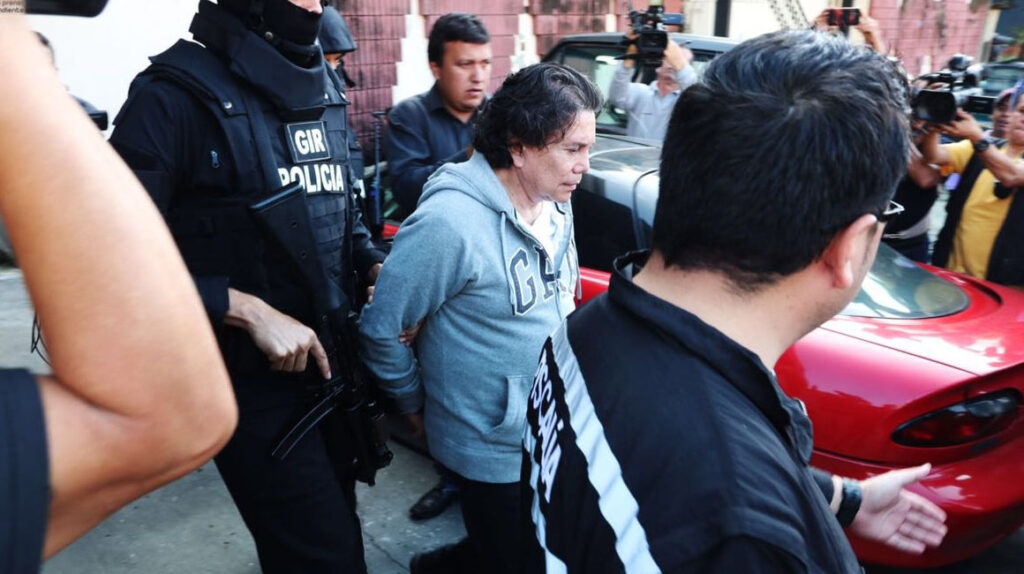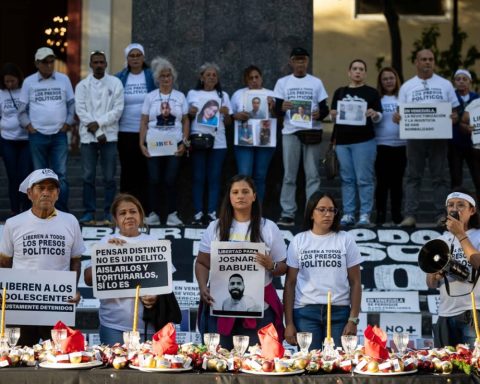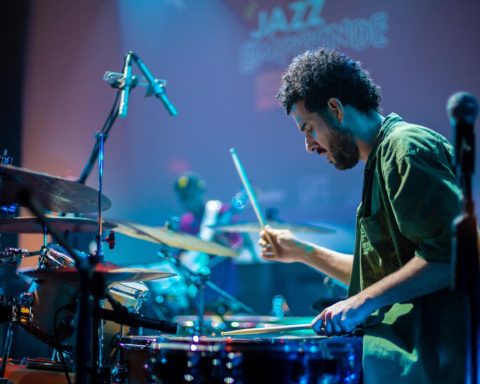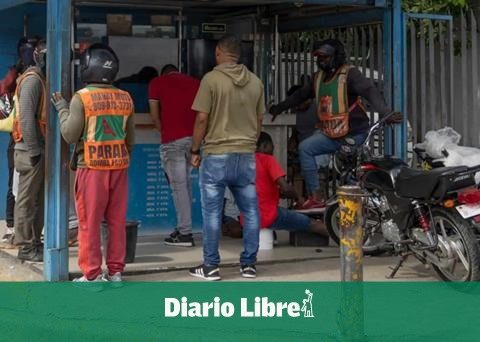In the Zócalo, pedicab drivers wait without passengers as the afternoon sun sets. “I’m leaving,” says one, who leaves his companions behind.
Around the griddle, the coveted tables with views of the Metropolitan Cathedral and the National Palace are deserted this time, while young people try to attract diners on the sidewalks. “Are you going to the terrace? We have a view of the sea… the sea of people,” jokes one of them.
(Edgard Garrido/Reuters)
The change in the rhythm of the city has been caused by the Ómicron variant, which until December 21 had only 16 cases and has now become the predominant variant, surpassing the Delta.
The head of the capital’s government, Claudia Sheinbaum, has announced the increase in free tests. The figure has reached 30,000 daily, with which up to 9,000 infections have been detected in a single day, according to the Digital Agency for Public Innovation (ADIP).
The lines in the macrokiosks and Health Centers of the capital, made up of people looking to find out if they are infected with COVID-19 or not, contrast with shopping centers such as Oasis Coyoacán, where the lines are non-existent in front of the cinema box offices and in clothing stores there are more employees than customers.
Meanwhile, in the Glorieta de Insurgentes, the feminist markets and the members of the dissident flea market for LGBTTTIQ+ people leave early due to the lack of people.
On Génova Street, which connects with Paseo de la Reforma, the clubs, chele bars and terraces of the Zona Rosa —another generally crowded point of CDMX— are found in the best cases with a third of their tables occupied and, in the worst, with only a couple of customers while the waiters chat with each other.

